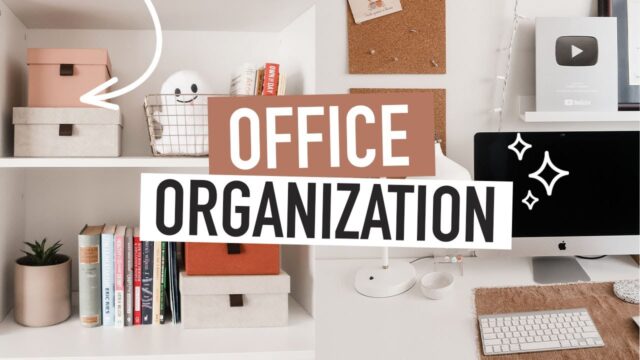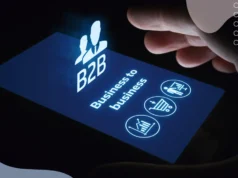
Brainstorming is a very popular method for thinking of ideas and creating plans for some projects or problems. It is usually organized through open discussion in a group setting, however, even individuals can proceed with it by themselves. What makes this method so amazing is that the process encourages freethinking among people in a comfortable and normal conversational way. All members need to generate numerous ideas and then build them into creating the successful outcome of the project.
Why is it important to brainstorm?

There are many positive sides to proceeding with brainstorming. The crucial thing is that it encourages people to be creative and to try new things. It is a mentally stimulated process that makes people think about the best solution for some problem. Meanwhile, they all need to listen to others and think about the pros and cons of every shared idea. All of that improves the communication between the group and gathers ideas from different perspectives. Also, the brainstorming process successfully builds motivation and enthusiasm among the group which makes everyone feel special and productive.
How to approach the brainstorm process
Follow these steps to learn how to brainstorm as an effective way to generate, plan and organize all the ideas.
1. Start with a warm-up exercise

To start with an effective and productive brainstorming session, we suggest you consider a warm-up exercise. When you do a warm-up first, you will get mentally stimulated. Therefore, whether you are alone or in a group, these exercises will help your mind to become creative and to think of the ideas easier for the brainstorm session. Also, you will relax and become more comfortable when it is time to share ideas for your work project. For instance, a few minutes of word association, some games can be very helpful for getting ready.
2. Visualize your goal
Having a visual representation of your goal is very important for staying on top of the project you have. What you need to do is actually think about the ideal outcome as well as the purpose of the brainstorming that you are proceeding with. After thinking about that crucial factors, you should write them down in a center of a board. This can give you answers on how to achieve the goal as well as remind you all the time of what is the original point of the project. In that way, you will stay focused, concentrated, and productive until you finish the session.
3. Document the discussion

One of the most essential plans of successful brainstorming is documenting your ideas. Brainstorming sessions actually include a very quick generation of multiple ideas, therefore documenting all of them can be very helpful. You will not forget about some that can be very useful and you can analyze all of them later. There are different ways of documenting your brainstorming session. For instance, you can use an audio recorder, take notes, or something else.
4. Mind mapping
The most challenging part of brainstorming is trying to catch and remember all the ideas that come around. In that process, it will be very helpful to consider using mind maps. They are creative diagrams that can capture that chaos of ideas so you do not miss anything. Place a topic or the main question in the center of the mind map and branch it off to include different ideas and thoughts that are swirling through the air. You can use different software tools to create your own mind map online and approach the brainstorming process much easier. If you are interested, you can check mindomo.
5. Think aloud

Many people do not realize that saying all the thoughts you have loud will make the whole brainstorming process more efficient since it would feel like a natural conversation. Also, you will feel more comfortable sharing your ideas in this way. Moreover, if you talk with your colleges about your thought will inspire them for new ideas and make the whole process more productive. You will end up building ideas and making the process very successful. Even if you are doing this process by yourself, you will be able to recognize good ideas by verbalizing your thoughts.
6. Emphasize variety
When you are involved in a brainstorming session, you should pay attention and listen to other thoughts and ideas. Instead of thinking of a few ideas, you can also produce a wide range of simple ideas that you can improve and develop later after analyzing the whole procedure. It is very beneficial to have numerous ideas from a brainstorming session because it will provide you insight into which ideas have potential in the future. Also, if you are collaborating with other participants, you can all be compiling ideas together and find the most effective one to proceed with.
7. Encourage every idea

No matter whether you are alone in the brainstorming process, or with a group of people, it could be very motivated to encourage all the people to share their ideas. More precisely, you can encourage creativity by trying to highlight all the positive aspects that some idea comes with. In general, even if you consider that some idea is not suitable for the project you are dealing with now, maybe it can have some potential benefits for something else. Generating all the ideas together and being supportive will make everyone feel comfortable, and the positive affirmation will contribute to a successful outcome.
8. Collaborate instead of criticizing
One more important factor when it comes to brainstorming as a group is avoiding criticizing other members and their ideas. You will need to work together and improve the other ideas if you want to make the progress. Positive collaboration between coworkers will encourage a creative atmosphere. You are all there with the same goal and plan, so it is better to work with each other instead of looking for somebody else’s mistakes.
9. Organize your thoughts
Once you see that you got plenty of quality ideas, it is time to organize them. Additionally, you will need to combine them. You can use different tools in the following process. For instance, you can use charts and color codings for categorizing the ideas and making the connections between different idea types.









